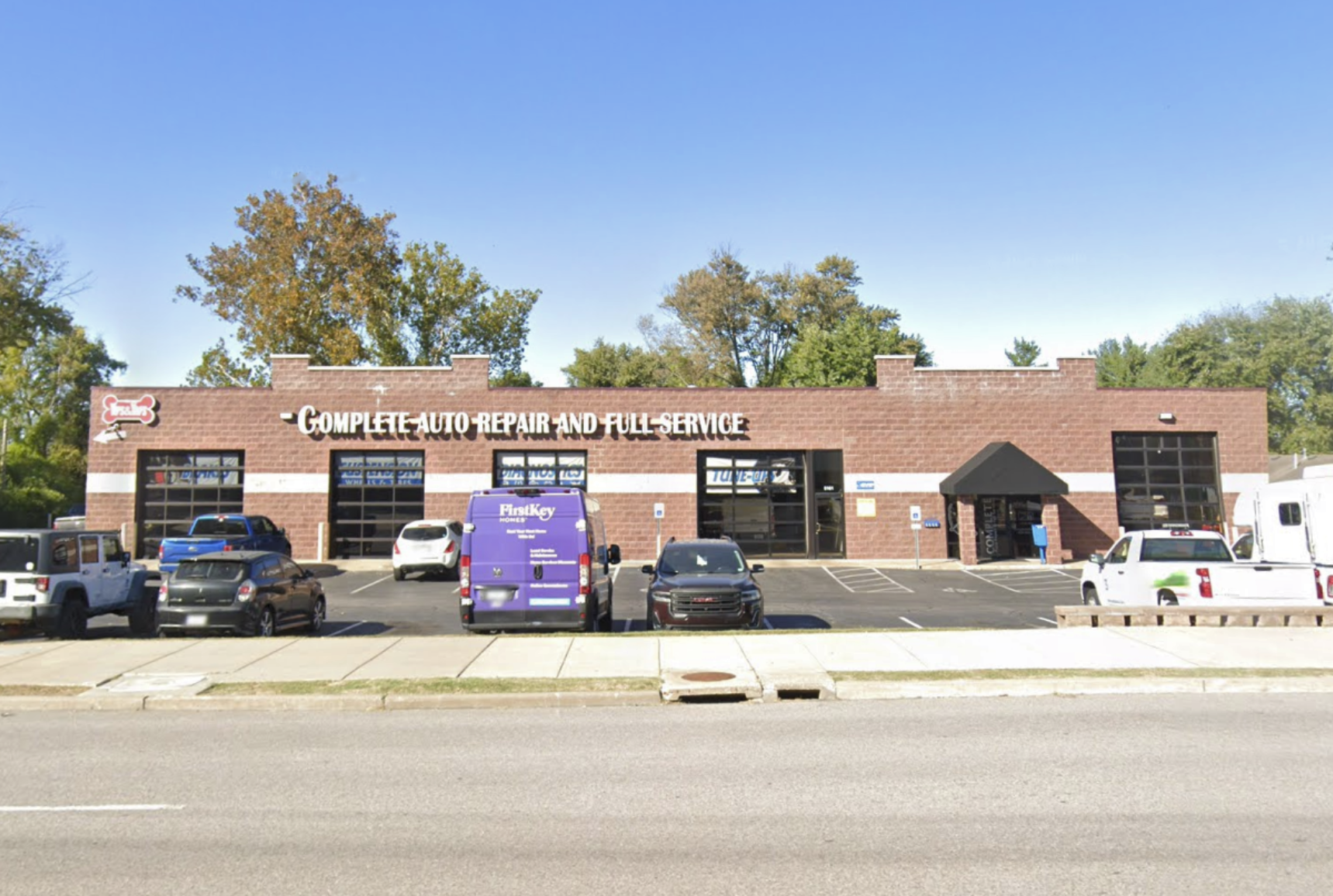What are Low Rolling Resistance Tires?
Published on
November 14, 2025
.png)
If you’ve ever wondered why some tires help your fuel mileage more than others, fuel-saving designs like these are part of the answer. They’re built to reduce drag on the road and boost overall efficiency.
What Is Rolling Resistance, and Why Does It Matter?
Rolling resistance is the force your tires have to overcome to keep moving forward. It happens because tires naturally flex and lose energy as they roll. The more resistance there is, the harder your engine has to work to keep the vehicle moving. That means using more fuel, especially at highway speeds or during long drives.
Even small changes in rolling resistance can affect fuel economy over time. It’s similar to walking through sand compared to walking on pavement. One takes more effort and energy, and the same goes for your tires. Reducing that drag helps your car move more efficiently, which can lead to savings at the pump without changing how you drive. It also helps to keep your tires in good shape, since low tread or driving on tires that aren’t fully inflated can increase rolling resistance even more.
What Is a Low Rolling Resistance Tire Designed to Do?
These tires are built to reduce the energy lost as the tire rolls. That means less drag between the rubber and the road, which helps your engine use less fuel. They’re made using tread patterns and rubber compounds that hold their shape longer while driving. This reduces how much the tire flexes or heats up, which helps avoid wasted energy.
Drivers who do a lot of highway commuting or put in long miles each week can see the biggest difference. While the savings per tank may seem small, they can add up over time. It’s one of the easier ways to cut back on fuel use without changing your driving habits or investing in major upgrades. Matching the right tire sizes to your vehicle also plays a role in keeping performance and efficiency balanced.
What Is the Trade-Off When Using These Tires?
They are designed for efficiency, but like most things, there’s a trade-off. In some cases, they may not offer the same level of grip or handling as standard all-season tires, especially in wet or snowy conditions. That doesn’t mean they’re unsafe. It means they’re built more for fuel savings than for aggressive performance or off-road use.
They may also wear out a bit faster, depending on how and where you drive. If you’re frequently on rough roads or carry heavy loads, that could shorten their lifespan. Choosing the right set for your vehicle and driving habits matters. What you gain in fuel economy might be balanced out if you need to replace them sooner than expected.
What Is the Right Time to Consider Switching?
Switching to low rolling resistance tires makes the most sense when fuel efficiency is a top priority. If you spend a lot of time on the highway, drive a hybrid or fuel-efficient vehicle, or are looking for ways to cut down on gas costs, these tires can help. They're also a good option when it's time to replace your current set, especially if your daily driving is mostly on paved roads and light loads.
However, if you live in an area with long winters or frequently deal with slick roads, a different tire style may be a better match. The best tire choice depends on how you drive, where you drive, and which factor matters more to you: mileage, traction, or durability.
Ready to improve your fuel efficiency? Find a GreatWater 360 Auto Care shop near you to schedule a tire consultation and discover the best low rolling resistance tires for your vehicle.

.png)
.png)